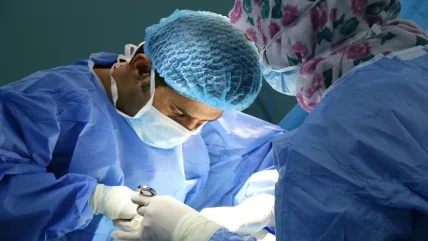
MTF Biologics has announced the first successful implantation of FlexHD Pliable in a patient involved in its investigational device exemption (IDE) clinical trial for pre-pectoral breast reconstruction.
The trial, referred to as SHAPE, is focused on assessing the safety and effectiveness of FlexHD Pliable in implant-based procedures.
MTF Biologics president and CEO Joe Yaccarino said: “This first implantation marks a pivotal moment in our work to advance innovative solutions in reconstructive surgery.
“FlexHD Pliable has shown promising potential in pre-pectoral breast reconstruction, and this IDE study will help us rigorously evaluate its safety and effectiveness. We’re committed to developing solutions that can improve outcomes and quality of life for breast cancer survivors.”
FlexHD Pliable was developed over 10 years ago with input from plastic and reconstructive surgeons. It is derived from human dermis and processed aseptically, offering improved handling for surgeons while ensuring clinical safety and efficacy.
MTF Biologics received its first IDE approval for a human acellular dermis matrix (hADM) in June 2023, which could lead to premarket approval (PMA) from the US Food and Drug Administration.
FlexHD Pliable remains an investigational device, limited to investigational use under US law.
The multicentre clinical study will evaluate FlexHD Pliable’s performance in supporting implant-based breast reconstruction procedures. Key endpoints include the assessment of surgical complication rates, failure rates of reconstruction procedures, patient satisfaction, and patient-reported outcomes.
MTF Biologics research and development executive vice president Marc Long said: “The initiation of this IDE study represents years of research and development focused on optimising FlexHD Pliable for breast reconstruction.
“Our preclinical data has demonstrated safety and shown excellent handling characteristics and integration properties. Through this clinical study, we aim to show that FlexHD Pliable can provide surgeons with a reliable option for breast reconstruction while potentially improving the patient experience.”






